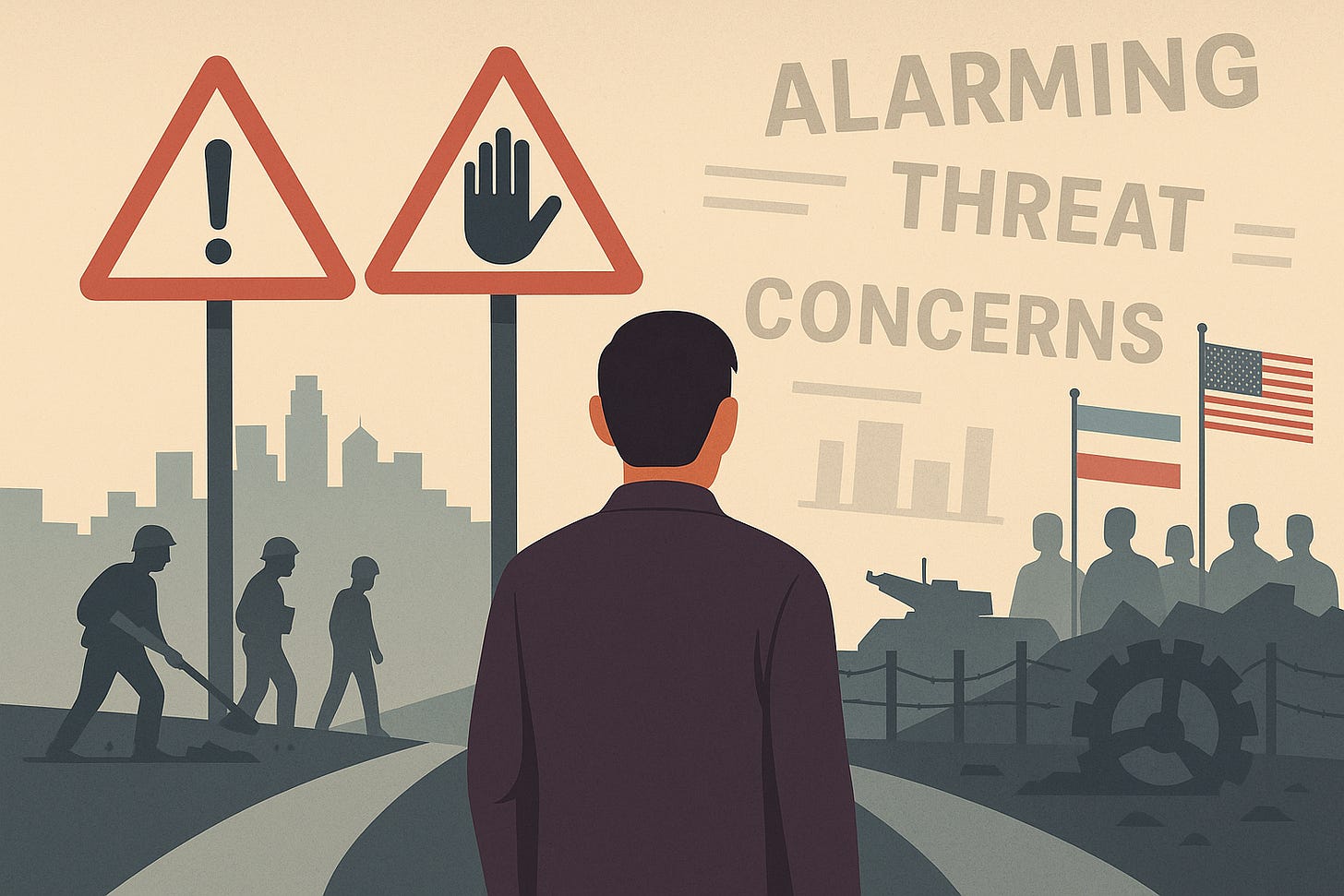Why One Minority Should Be Careful with Another Minority in a Nation
In multi-ethnic and multi-religious societies, minority groups often compete for political influence, economic opportunities, and social acceptance. While solidarity among minorities would seem logical, the reality is frequently different—some minorities actively undermine others to gain favor with the majority. This behavior, driven by short-term survival instincts, ultimately weakens collective minority rights and strengthens majoritarian dominance.
A striking example of this dynamic exists in Southern India, where Christians and Muslims—both minorities in a Hindu-majority nation—engage in political and social friction. However, this phenomenon is not unique to India. Around the world, minority groups often betray each other to secure temporary safety, only to realize too late that their actions have eroded their own long-term security.
How Minorities Undermine Each Other: Global Examples
1. Southern India: Christians vs. Muslims
In Kerala and Tamil Nadu, most Syrian Christian communities—historically privileged and economically strong—subtly propagate anti-Muslim narratives. They stereotype Muslims as "backward," "violent," or "unhygienic,"etc among majority, and most of the time its majority and a minority that fights and most people dont even understand what just happened, another objective is to align with majoritarian rhetoric to position themselves as the "acceptable minority."
Yet, many of these same Christians work in Muslim-majority Gulf countries, where they must present a secular, tolerant image to keep their jobs. This hypocrisy—vilifying Muslims at home while pretending to respect them abroad—reveals how minorities sometimes sacrifice solidarity for economic and social gain.
Why It’s Underreported:
Language Barriers: Much of the rhetoric happens in Malayalam or Tamil, escaping national media attention.
Muslim Shame & Fear: Local Muslims often stay silent, fearing backlash or further marginalization. Admitting that another minority is playing complex game with them, which most Muslims are not even able to understand, is psychologically difficult.
2. United States: Black & Latino Tensions
In the U.S., Black and Latino communities—both marginalized—sometimes clash over resources like jobs, housing, and political representation. Politicians and media often exploit these tensions, framing immigration as a threat to Black employment, creating division instead of solidarity against systemic racism.
Example:
1992 LA Riots: Korean-owned businesses were targeted by Black rioters, reflecting economic frustrations. Instead of uniting against systemic inequality, minorities turned on each other.
Affirmative Action Debates: Some Latino and Asian groups have opposed race-based policies meant to help Black Americans, seeing them as a zero-sum game rather than a collective struggle.
3. Myanmar: Rohingya & Other Minorities
The Rohingya, a persecuted Muslim minority, have faced genocide at the hands of Myanmar’s Buddhist majority. However, other ethnic minorities (like the Rakhine Buddhists or Christian Chin) have often stayed silent or even supported the crackdown, fearing they could be next if they speak up.
Result:
The military regime successfully divided minorities, ensuring no united resistance.
Now, other minority groups (like the Karen and Kachin) face increased military violence, realizing too late that solidarity could have protected them all.
4. Middle East: Christian Minorities & Anti-Muslim Sentiment
In countries like Lebanon and Egypt, some Christian minorities have allied with authoritarian regimes or Western powers against Muslim majorities, hoping for protection.
Example:
Lebanon’s Maronite Christians historically held disproportionate power and excluded Muslims, leading to civil war. Today, their influence has drastically declined, proving that short-term alliances with oppressive forces rarely ensure long-term safety.
Coptic Christians in Egypt have sometimes supported military rule (like Sisi’s regime) as a shield against Islamists. Yet, this hasn’t stopped persecution—showing that majoritarian regimes discard minority allies when convenient.
5. Europe: Eastern European vs. Middle Eastern Migrants
In Western Europe, some Eastern European migrants (Polish, Romanian) distance themselves from Middle Eastern refugees, adopting anti-Muslim rhetoric to gain acceptance.
Example:
In the UK, Polish migrants have sometimes supported anti-immigration policies targeting Muslims, not realizing that xenophobic movements eventually turn on all foreigners.
In Germany, Ukrainian refugees were welcomed more warmly than Syrians, showcasing how hierarchies of "acceptable" and "unacceptable" minorities are enforced.
Why Minorities Must Resist the Trap of Division
History shows that when minorities turn against each other:
The Majority Benefits: Divide-and-rule tactics weaken collective resistance.
Short-Term Gains Lead to Long-Term Losses: Today’s "favored minority" can become tomorrow’s target.
Solidarity Is the Only Real Protection: Civil rights movements succeed when oppressed groups unite (e.g., Black-Latino-Jewish coalitions in the U.S. civil rights era).
Whether in India, the U.S., Myanmar, or Europe, minorities must recognize that their true strength lies in unity. Throwing another marginalized group under the bus might offer temporary safety, but it ultimately empowers the majority to dismantle all minority rights. The lesson is clear: If you don’t stand together, you will fall alone.
#MinorityPolitics #IdentityPolitics #PoliticalPower #EthnicTensions #CulturalConflict #WesternSociety #SocialDynamics #GroupIdentity #PoliticalNarrative #PowerStructures #WokePolitics #AntiWarNarrative #SubstackWriters #AltMedia #CriticalThinking



